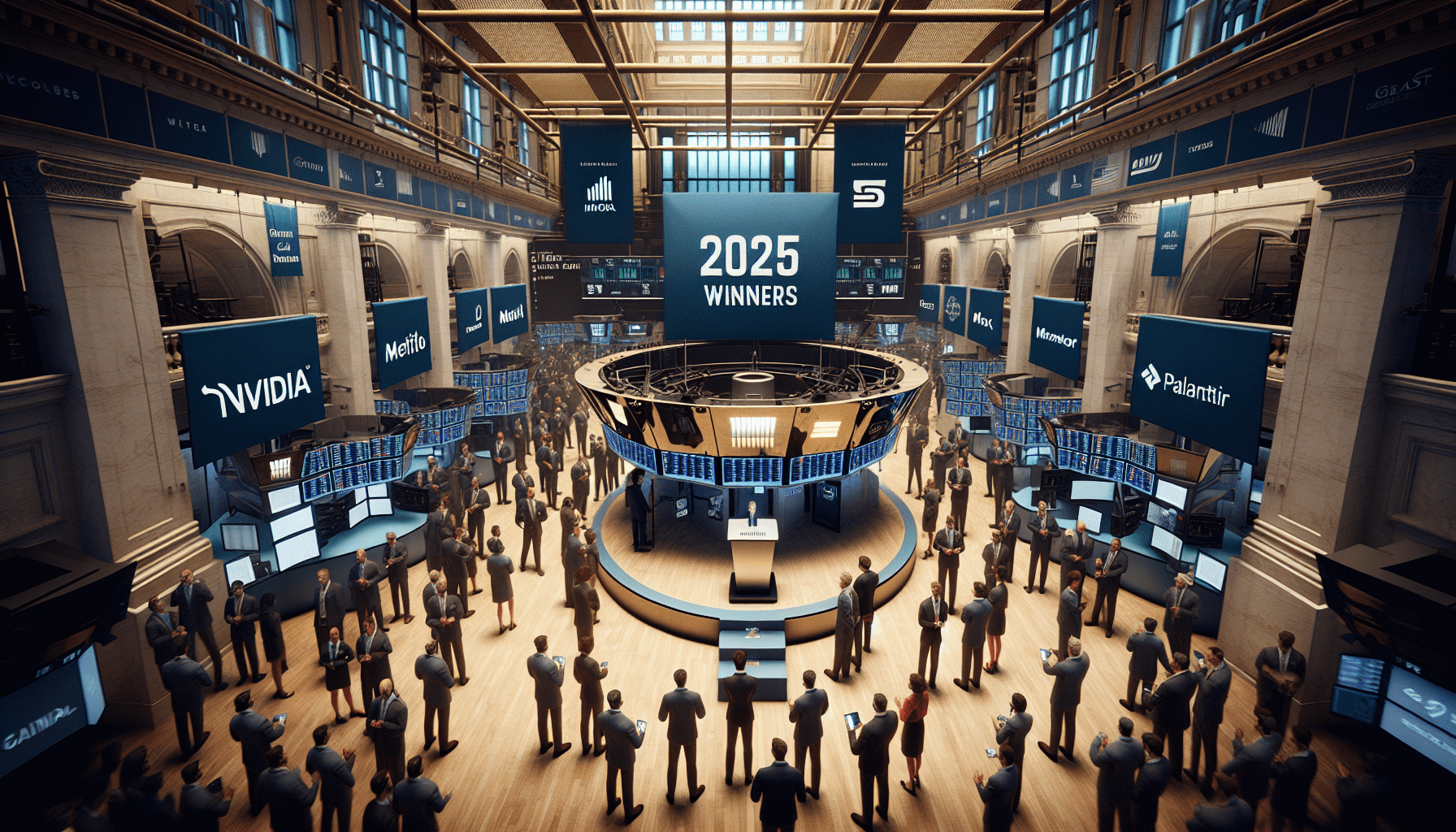Key Inflation Report Looms After Powell Doubles Down on Future Rate Hikes
Federal Reserve chairperson Jerome Powell appeared before Congress on March 6 and indicated that rates may have to increase more than expected in 2023 to tame persistently high inflation

These days, inflation is the “straw that stirs the drink” in the financial markets, and the latest inflation report is scheduled to be released at 8.30 a.m. EST on March 14.
Current projections indicate that inflation remained stubbornly high last month and moved mostly sideways.
The inflation nowcast—provided by the Federal Reserve Bank of Cleveland—projects that inflation ticked up by 0.54% month-over-month in February. That’s well ahead of the level preferred by the Federal Reserve, which is closer to 0.10% or 0.20%.
As of now, that means the month-over-month increase in February is closely in line with what was observed in January, when month-over-month inflation clocked in at 0.50%. These figures indicate that inflation has actually picked up since December, when month-over-month inflation rose by only 0.10%.
High inflation is what triggered the Federal Reserve to start aggressively raising benchmark interest rates in the U.S., and it appears that high inflation figures from January and February could force leaders at the Federal Reserve to be more aggressive than previously expected during H1 2023.
That became apparent last week when the chairperson of the Federal Reserve Jerome Powell made his first appearance before Congress since June of 2022.
In comments made to lawmakers on March 7, Powell appeared to shut down hopes that the Fed might be winding down its current rate-hike cycle when he said, “The latest economic data has come in stronger than expected, which suggests that the ultimate level of interest rates is likely to be higher than previously anticipated.”
In the wake of those comments, most projections for the next Fed meeting were revised to include a half percentage point increase in the federal funds rate, as opposed to the quarter-point hike that most were expecting. The next policy meeting of the Federal Reserve is set for March 21-22.
The current target in the federal funds rate is 4.50% to 4.75%, which means benchmark rates are likely to rise to a new target of 5.00% to 5.25% on March 22. That would be the highest level in the fed funds since 2007, prior to the onset of the Great Recession.
Due to the hawkish tone set by Powell, most forecasts for the peak level in the federal funds rate in 2023 have also been revised higher. Previously, the terminal rate in 2023 was expected to be in the range of 5.25% to 5.50%, but now it’s believed that benchmark rates could climb as high as 6%, or above.
The last time benchmark rates in the U.S. were above 6% was December of 2000, amid the dot-com bubble.
Elevated interest rates typically represent a headwind for the underlying economy because they lead to higher financing costs for businesses and consumers. There’s already an indication that higher rates are pressuring consumers.
In mid-February, the Wall Street Journal reported that 9.3% of the car loans extended to lower-tier borrowers were at least 30 days behind on their payments at the end of 2022. That’s believed to be the highest percentage since 2010, as illustrated below.
Source: Wall Street Journal
The prices for used cars increased dramatically during the pandemic, when a chip shortage pushed new car inventories down to their lowest levels since 2008. Used car prices were up nearly 50% in 2021, before moderating slightly in 2022. (Read Luckbox‘s coverage on the used car market here.)
A record number of Americans (16%) are now paying at least $1,000 for their monthly car payment, which could become a serious concern if the economy enters a recession. This situation is slightly reminiscent of the Great Recession, because Federal Reserve data shows that nearly one-fifth of lenders in the U.S. reportedly loosened credit standards to account for rising automobile prices in 2021.
It also appears that American consumers are starting to lean more heavily on credit cards to fuel their spending habits. At the end of 2022, TransUnion reported that total credit card debt in the U.S. was 18.5% higher than it was at the end of 2021.
Unfortunately, Powell’s comments served to push up expectations for the peak in benchmark rates this year, as well as the probability of a hard landing for the economy.
Based on updated forecasts, benchmark rates could climb to 6% (or above) before the Federal Reserve finally pivots away from its current mission to tame inflation. Since the start of 20th century, a recession in the American economy has materialized each and every time benchmark rates climbed above 5% (2001, 2007).
Steven Blitz—the chief U.S. economist at TS Lombard—recently suggested that the Fed can’t truly finalize its ceiling for interest rates until the U.S. officially enters a recession. Blitz spoke on CNBC’s Squak Box Europe on March 8 and said, “There is no exit from this until [Powell] does create a recession, until unemployment goes up, and that is when the Fed rates will stop being hiked.”
A popular recession indicator on Wall Street appears to support those comments.
The spread between the 2-year and 10-year treasuries has been flashing red since Q4 2022, but the inversion between the two recently slumped to a new extreme—109 basis points (or 1.09 percentage points). That’s the steepest inversion between the two since the early 1980s, which was the last time the U.S. economy faced this degree of rampant inflation.
In the last 40+ years, all major U.S. economic recessions have been foreshadowed by an inversion of the “2s and 10s.” And while historical performance (or a historical pattern) is no guarantee of future performance, this is clearly an important development.
At present, the yield on the 2-year U.S. Treasury is 4.97%, while the yield on the 10-year U.S. Treasury is 3.90%. And it’s the severity of the inversion —1.07%—that’s the most concerning.
As illustrated below, inversions involving the “2s and 10s” have precipitated the last several major recessions in the U.S. (periods of economic recession are shaded in grey).
Generally speaking, longer-term interest rates reflect future expectations for short-term interest rates. So when long-term rates drop below short-term rates, that generally means future expectations for the underlying economy are deteriorating.
With the inversion currently at a historic extreme, it appears a large contingency of traders are currently betting the economy is about to fall off a cliff. A harsh reality that is looking ever more likely because inflation won’t subside.
Investors and traders also appear to have taken Powell’s comments to heart. The major market indices suffered significant selloffs on both March 7 and March 9, which has pushed overall 2023 gains in the S&P 500 down to a minuscule 2%.
A reversal in trend that could persist if the March 14 inflation report comes in hot—as is widely expected.
For more context on the impact of record inflation on the global financial markets, check out this installment of In This Economy on the tastylive financial network. Daily market updates are also available via tastylive, weekdays from 7 a.m. to 4 p.m. CDT.
Sage Anderson is a pseudonym. He’s an experienced trader of equity derivatives and has managed volatility-based portfolios as a former prop trading firm employee. He’s not an employee of Luckbox, tastylive or any affiliated companies. Readers can direct questions about this blog or other trading-related subjects, to support@luckboxmagazine.com.



















